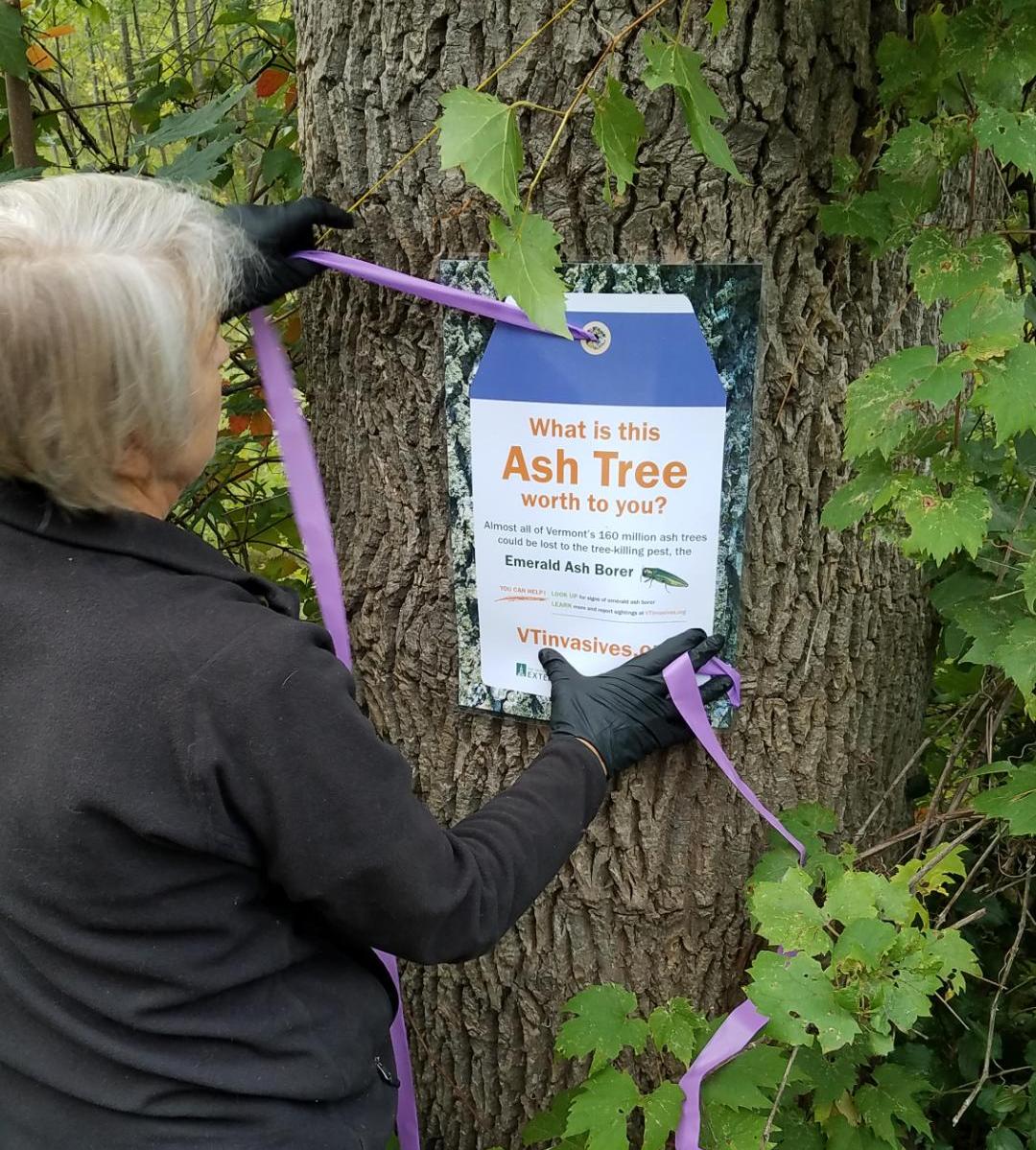
Invasives and Trails
Invasive species and trails don’t mix. Honesysuckle, barberry, buckthorn and other invasive plants encroach pathways and are difficult and time consuming to manage. People unknowningly move invasive plant seeds and insects that damage natural habitats. Some invasive species – like Emerald Ash Borer – also lead to hazards for trail users. Be part of the solution – learn about invasive species in Vermont, reduce the spread, remove invasive plants along the path, and report issues.
What are invasive species and why should I care?
Invasive species are plants, animals, and other organisms that are introduced to an ecosystem they are not native to, and cause harm to the environment, economy, or human health. Examples include: knotweed, emerald ash borer, and oak wilt.
Invasive species are primarily spread by human activities. Many species are introduced intentionally for reasons like agriculture, medicine, decoration, land stability, and biological control. Others are introduced unintentionally or accidentally through global trade. Examples of this include:
- Ships: Ships can carry aquatic organisms in their ballast water.
- Wood products: Insects can get into wood, shipping palettes, and crates that
- are shipped around the world.
- Ornamental plants: Some ornamental plants can escape into the wild and
- become invasive.
- Pet trade: Some invasive species are intentionally or accidentally released pets.
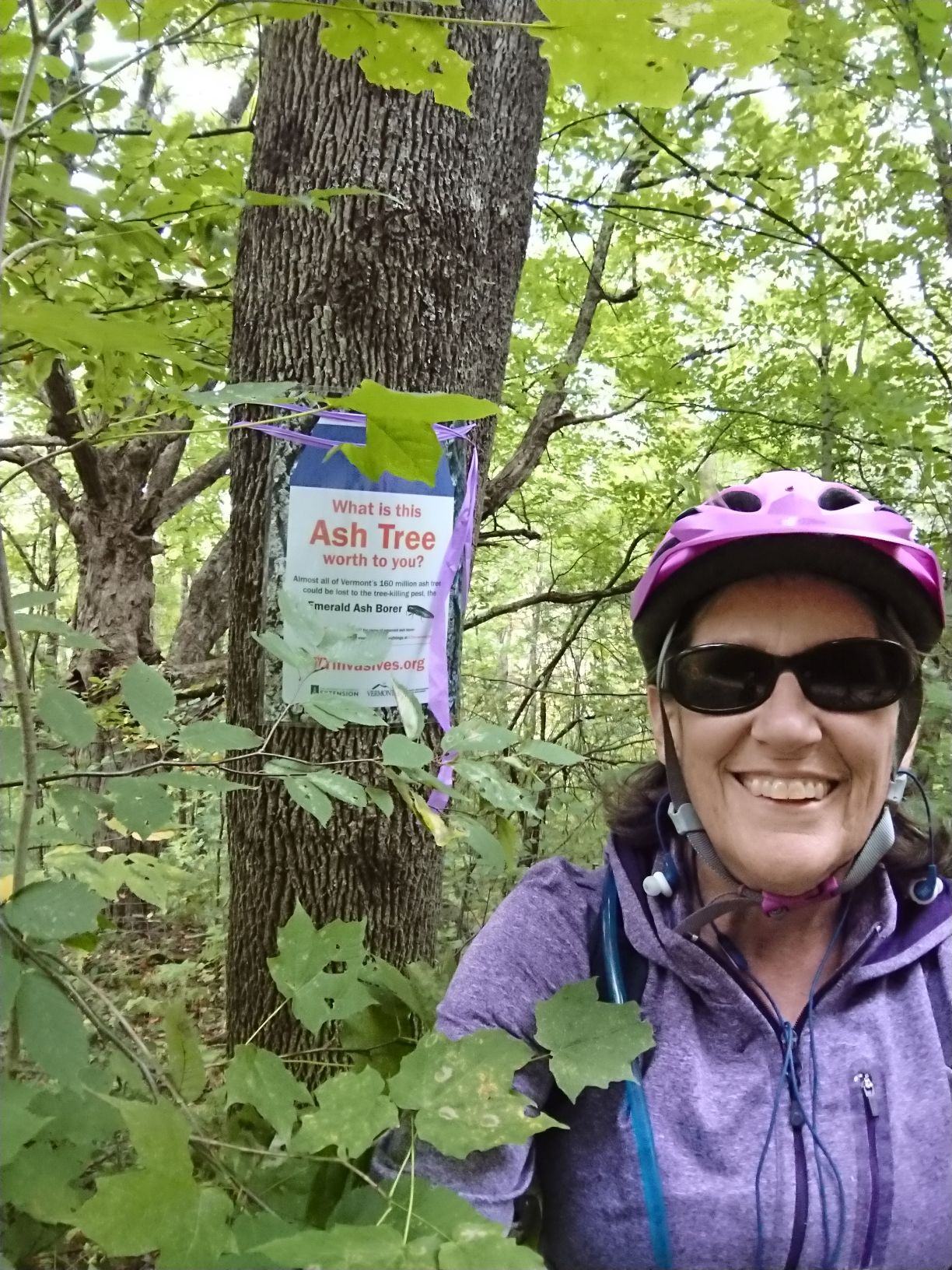
Why are Invasive Species a Problem for Trails?
Invasive plants, insects, and pathogens can pose significant problems for recreational trails by disrupting the natural ecosystems that surround them.
Invasive plants can overrun native vegetation, leading to habitat loss and making trails less visually appealing, stable, or passable.
Invasive insects and pathogens, such as fungi, can damage or kill trees and other vegetation. This can open gaps in the forest, changing the health of the ecosystem, and making new space for invasive plants to come in. Dead and diseased trees increase the risk of falling branches, creating hazards for trail users and need for increased maintenance.
These biological invaders can also contribute to soil erosion and alter water flow, further degrading trail conditions and making them less safe and enjoyable for recreation.
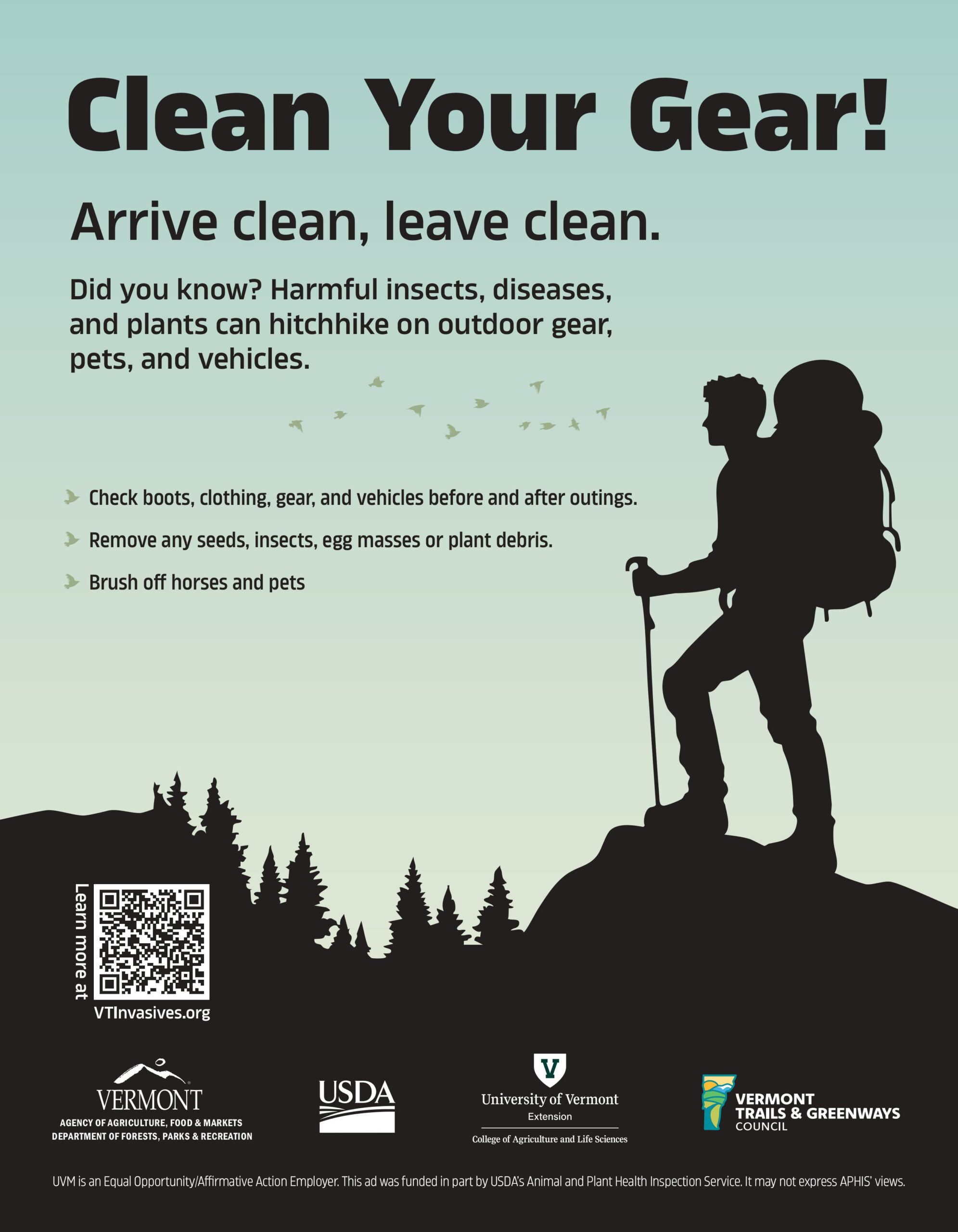
Did you know invasive plants and insects can travel on boots, gear, clothing, and pets—spreading to new areas without our even realizing it?
Whether you are a hiker, horseback rider, or mountain biker, you can slow the spread of invasive forest pests such as hemlock woolly adelgid, jumping worms, and spotted lanternfly by making sure to check your clothes, gear and animals before heading out and when coming off a trail.
Remove any dirt, debris, or insects that might be hiding in folds of tents or clothing, or the treads of boots or tires to prevent unintentionally bringing pests to new areas. Even horses and pets can inadvertently transport invasive pests on their fur or belongings, so give them a good brushing too!
Learn about specific introduced pests at VTinvasives.org, Vermont’s information clearinghouse on invasive plants and insects.
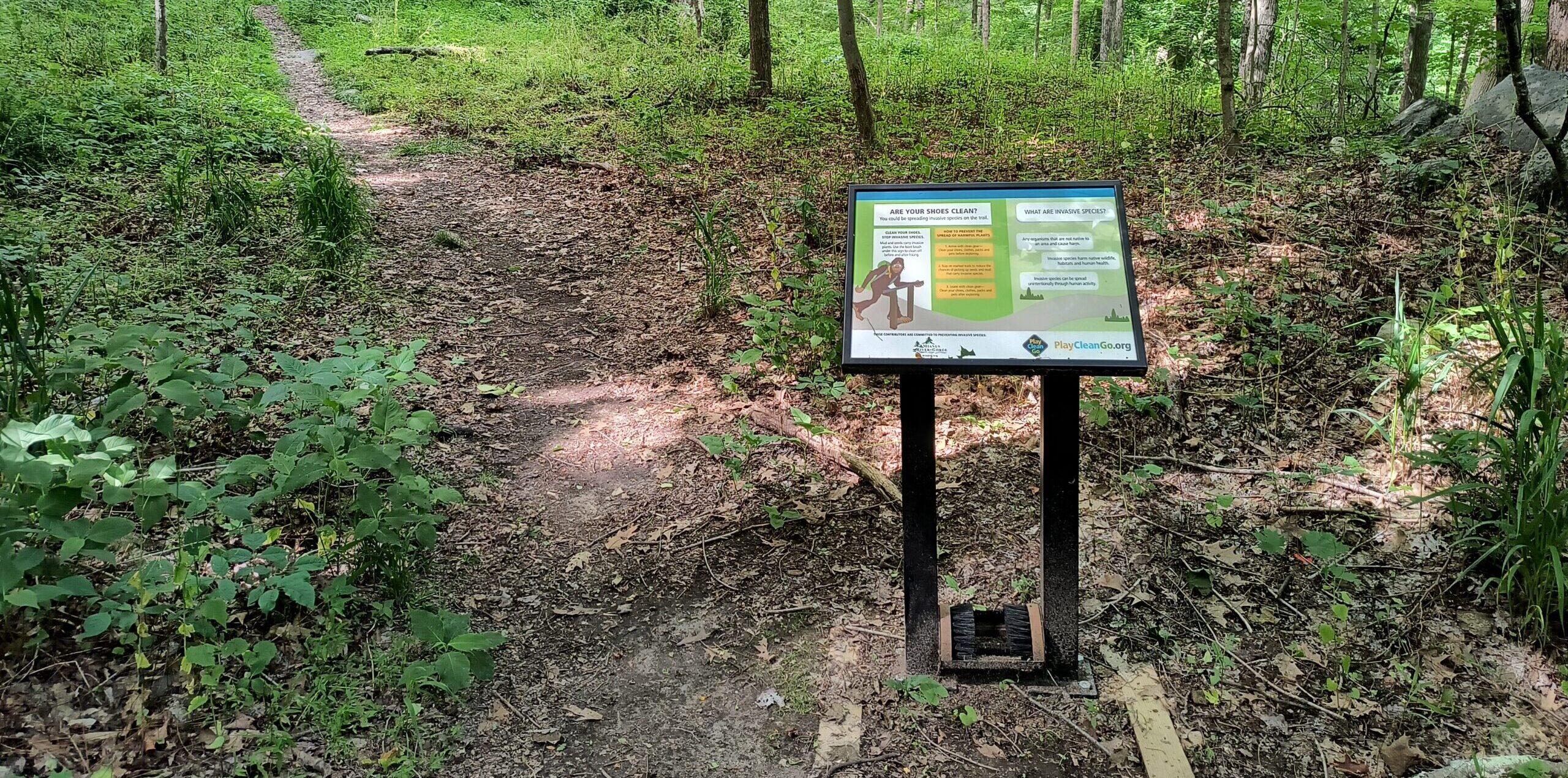
Boot Brush Stations
Is there garlic mustard hiding in your visitors’ boot treads? The River to River Cooperative Weed Management Area in Southern Illinois found 39 different species growing in [the] mounds of dirt underneath their boot brush stations. This included 14 exotic plant species. Learn more about boot brush stations here – including how to purchase one for your trail.
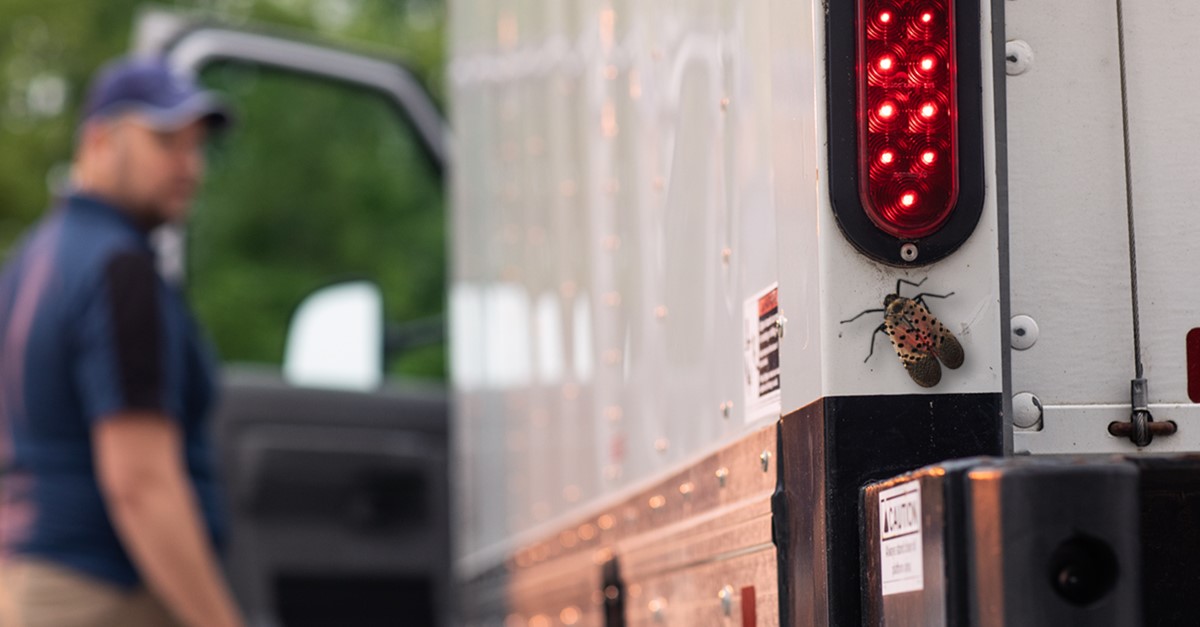
Check Your Vehicle for Spotted Lanternfly
Adult spotted lanternflies mass in large numbers, damaging crops and making recreating outdoors unpleasant. Check out this video to learn how to check and clean your vehicles if you go to any state with an infestation in order to keep this pest out of Vermont. Report any sightings of spotted lanternfly life stages to VTinvasives.org
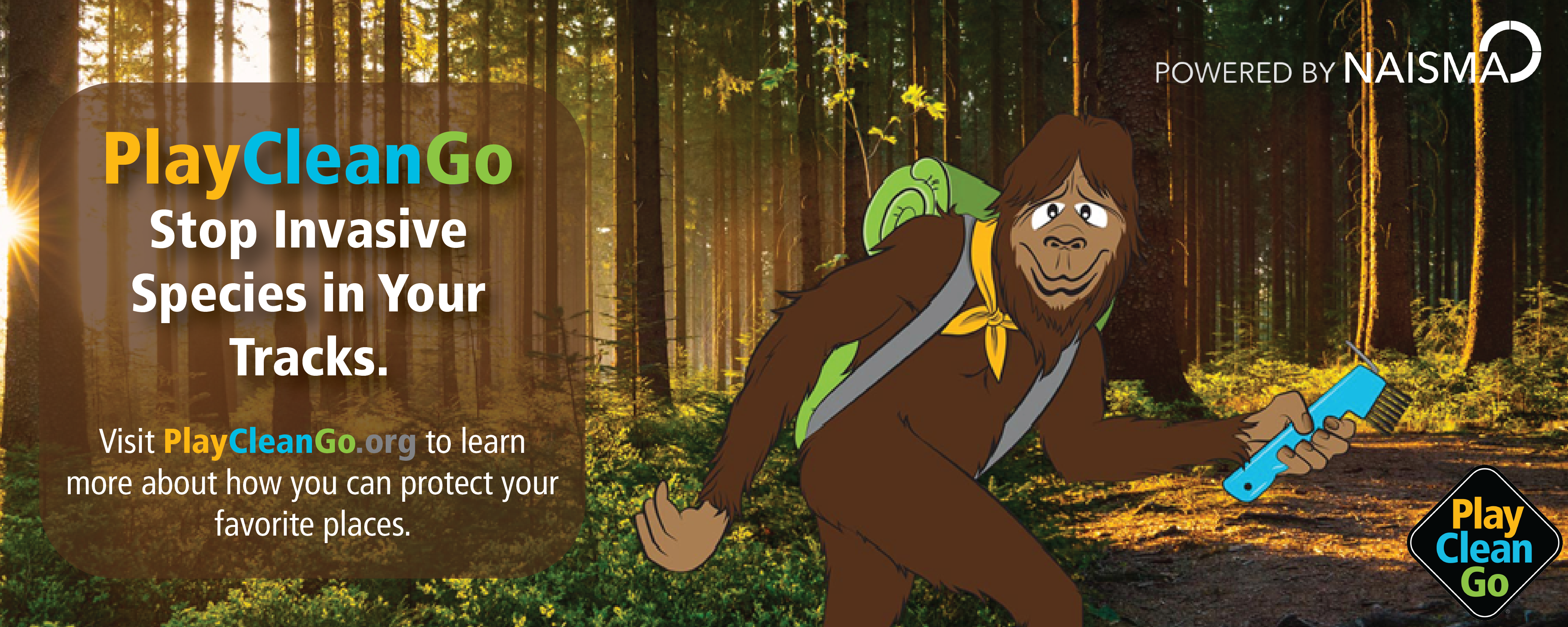
Play, Clean, Go Awareness Week 2025 is June 7th – 14th
Use the free PlayCleanGo Toolkit to tailor Play,Clean,Go Awareness Week for your trail users.
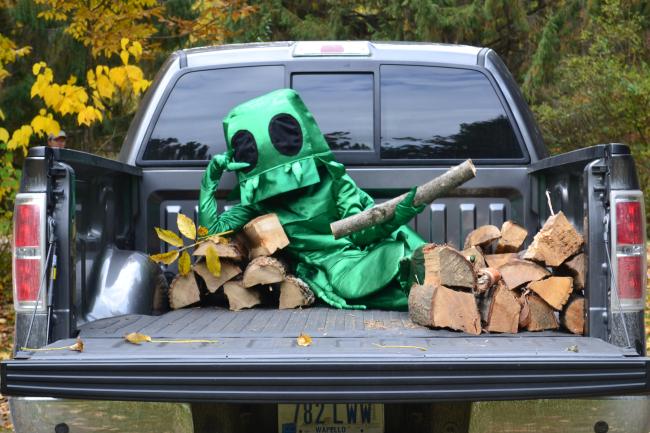
Don’t Move Firewood
Protect the trees you love from tree-killing bugs by encouraging trail users to not move firewood long distances. Buy it where you burn it, instead. Find downloadable posters, social media and other resources here.
Join Vermont’s Arrive Clean, Leave Clean Campaign
Watch Judy Rosovsky, Vermont State Entomologist and Savanna Ferreira, State Forest Health Specialist, describe the introduced pests we are concerned about, and how three simple steps of cleaning your gear, checking your vehicle, and not moving firewood can help reduce the spread of these insects and diseases. Learn more about the Arrive Clean, Leave Clean campaign here.
Trail Construction Best Management Practices
Practices for protecting project areas from non-native plants and for minimizing the transfer of invasive species from work areas.
- Clean clothing, equipment, footwear, and machinery when moving from a site with invasive vegetation
- Ensure all imported soil, gravel, lumber, and other materials are free of weeds and seeds
- Do not move organics from areas with invasives on the same project or other project sites
- In sites that are vulnerable to, but do not already contain, invasives, monitor for invasives and minimize soil and native vegetation disturbance as much as practical and within project requirements
- When encountering invasives, apply the approved mitigation techniques for each species as much as practical and within project requirements
- Use on-site, native material for revegetation measures
References and Resources:
- Trail Planning Design and Development Guidelines (Minnesota)
- Parks Canada National Best Management Practices for Trail Maintenance and Modification
- Trail solutions: IMBA’s guide to building sweet singletrack